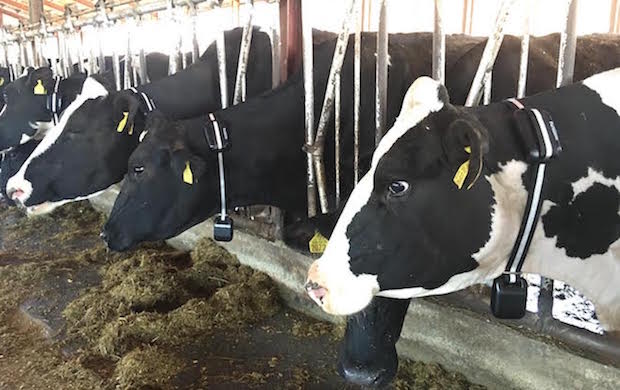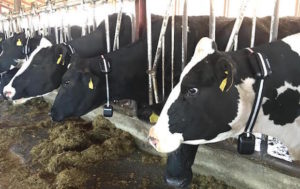Identifying Animal Growth Using Artificial Intelligence
AI • Dec 19,2016

Identifying Animal Growth Using Artificial Intelligence

The use of artificial intelligence has been of enormous economic benefit for dairy farmers in many countries through the improvement of their stock. Affordable tools with the ability to continuously monitor the growth rate of livestock animals are highly sought after by the livestock industries. This demand is driven by the potential for these tools to assist in improving animal welfare and production efficiency. In a rapidly growing population, the demand for meat is escalating, especially in Asia, where the middle class is currently expanding. We analysed a dissertation of Matthew Tscharke about the development of a smart livestock farming tool for identifying animal growth using artificial intelligence.
Meanwhile, in the western world there is growing consumer concern surrounding animal husbandry, with certain organisations labelling some of the current husbandry practices cruel or sub-standard. The environmental impacts of livestock farming are also increasingly becoming scrutinised, pressuring researchers to find new methods to increase the efficiency of livestock nutrition, and improve health (disease prevention), reproductive and waste management practices. At the centre of these problems is the ever-changing individual animal as it continuously adapts to its surrounding environment and available resources.
Livestock growth is a fundamental measure which can be used for diagnostic purposes in these areas, therefore the main objective of this study was to develop a system to automatically determine the growth of individual and groups of livestock animals (pigs) using welfare friendly and non-invasive methods. A machine vision system was selected to undertake this weight estimation task, whereby pigs’ body measurements are extracted from images and used to estimate their weight without physical interference.
Reviews prompted the development of a methodology to determine the weight- estimation equations as a function of not just the animals’ body measurements but also their pose. Subsequently, equations were generated from shapes that conformed closely to a specified reference template shape. Thus, to enhance precision during weight estimation the template shape was directly linked to the equation and pose validation aspects of the system. Filters were developed to provide recognition via the confirmation of the characteristic template shape and known body measurement and weight relationships.
Both off-line simulation and on-farm experiments were undertaken using data collected from commercial facilities. During an off-line simulation, the shape and dimension filters were applied across a dataset containing over 20,000 frame samples of over 500 pigs. Gut fill was used as a guide to determine a practical error margin for measuring the weight of individual pigs across the course of a day. The machine vision system was found to operate within an acceptable error margin of 50 % of the gut fill according to the equation and average shape template used during off-line simulations. As on average pigs in the weight-range of 45 to 115 kg had their live body weight estimated to within 3.16 % and 2.20 % of their actual live body weight, respectively. During off-line simulations, the percentage mean-relative error obtained by the piGUI system was between 5.1 and 3.7% for pigs in the weaner to grower weight range (15 to 45 kg) and less than or equal to 2.5% for grower finisher pigs between 45 and 115 kg. Thus, on average, the system was able to estimate the pig’s body mass with practical precision.
The system labelled ‘piGUI’ was installed in pens at commercial facilities which housed pigs in group-sizes of between 10 and 160 pigs. During testing, the system determined the average weight of groups of pigs on a daily basis, tracking the group’s growth rate. In some trials, the pig’s weights were also estimated along with the weight deviation of the group. During a 22 day trial period the system estimated the average weight of a group of finisher pigs within 2.1%, on the seven days when the actual group weight was recorded from an electronic scale. No information was passed between successive days by the system. The piGUI system was also tested to see whether it could estimate the weight of sows in their early stages of pregnancy and whether it could detect changes in the body measurements of individual sows before and after giving birth.
The developed device was also tested at various locations within the pen environment. Radio Frequency Identification (RFID) was integrated into the system to determine whether bias in group estimates could occur as a result of the sampling region observed within the pen. The number of social interactions between pigs at the feeder was also determined, thus providing a method to identify social interaction and potentially the competitive nature of pigs automatically.
The results of this study demonstrate that the average weight of groups of pigs can be calculated with sufficient practical accuracy. The precision of the system was also favourable compared to a commercially available system. Therefore the developed system can be used for practical purposes on commercial farms to determine the average weight and growth of groups of animals and in this case, pigs.
Author: AI.Business
If you like our articles, please subscribe to our monthly newsletter:
[mc4wp_form id=”763″]